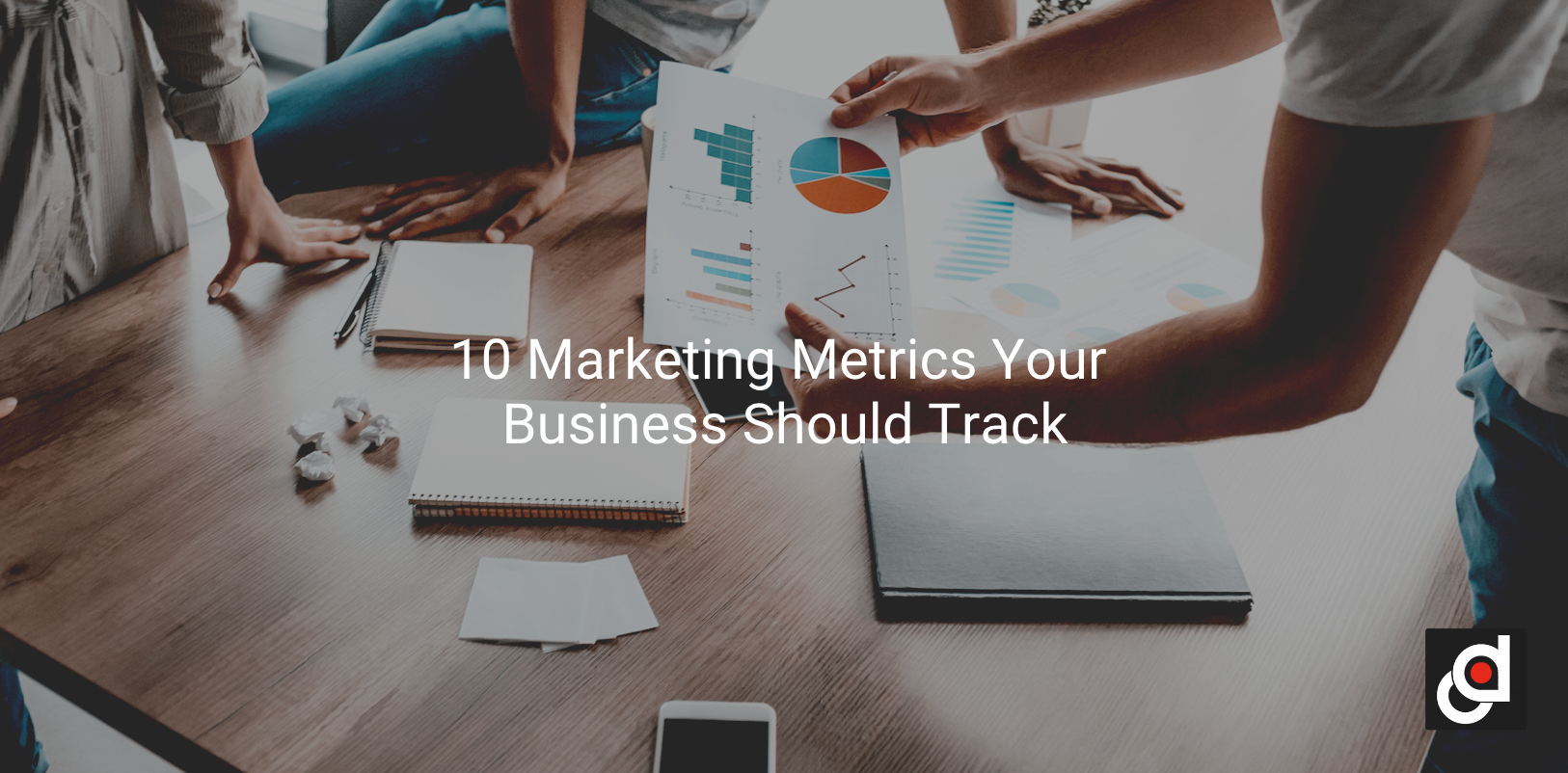
If you try to do a quick Google search of a metric you want to try for your business, there will be endless search results. However, it is worth noting that not all are vital to driving growth. You should be able to distinguish what would be the best metric to use for your business.
Businesses should know what to improve because if they don’t know, then the business will not succeed. Data will reveal these things and it will answer the most critical questions to help the business grow.
The sooner the business can gather information and learn about its current and future customers, the more effective marketing efforts will be. The ultimate question is, what digital marketing metrics should businesses track to help them grow?
Here are ten marketing metrics your business should track to ensure success:
Website Traffic: Website traffic is one of the most basic, yet still important marketing metrics businesses should track. The number of people visiting your website will give you an indication of your marketing reach and the effectiveness of your marketing efforts. You need to be able to identify where website visitors are coming from. Did they visit your website after searching for you? Was it because of a referral partner’s link? Was it after seeing a random social media post?
It is important to know how many people visit your website every month, but most importantly, you should know how they are finding you. Focus on platforms that generate this traffic and it will surely yield results.
Time on site
When visitors browse your website, it is essential to know how long they are browsing. This metric will reveal how interested visitors are in your content and if you are attracting meaningful visitors. If data shows that visitors are only browsing on your website for a few seconds, this can be an indicator that they didn’t end up on the site they are looking for or they quickly realized they are not interested in your offerings.
On the other hand, if you see that visitors are on your website for multiple minutes, it can mean that your content is fit for them.
The average order value (AOV)
This metric can be used to track the health of your business and see if marketing efforts are resulting in bigger orders. If your AOV is increasing, it means that customers are buying more from you.
Abandonment rate is the percentage of people who leave your site without completing a purchase. This metric can be used to track how effective your marketing campaigns are in driving people to your site. If your abandonment rate is high, it means that you need to work on your marketing campaigns.
Customer Acquisition Cost (CAC)
There is no such thing as free lunch in this world – most especially in business. That is why businesses need to measure how much it costs to acquire customers throughout their buying journey. This is also essential if you want to know how successful your campaign was and if your investment was well spent.
Customer Lifetime Value
Customer lifetime value is the total value of a customer over the course of their relationship with your business. This metric includes both the revenue they generate and the costs they incur. The higher the customer lifetime value, the more valuable a customer is to your business.
Engagement
Engagement is another metric that businesses should track as it measures how users interact with your website or social media platforms. This includes things such as likes, shares, comments, and other forms of interaction. It is already a given that when you post on social media or send promotional emails, measuring engagement rates is essential. This is for you to know if there are specific days where your Instagram post gets better post response, open rate, or click rate.
Knowing engagement preferences and habits will help you communicate with them better. You can use this information during promotional events since it will help you drive visitors.
The more engagement you have, the more likely it is that users will remember your brand and continue to interact with you in the future.
Social Media Followers and Growth
Social media followers and growth are another metrics that businesses should track. This metric measures how many people are following your social media accounts and how quickly that number is growing. The more followers you have, the more potential customers you have.
Email Marketing List Size and Growth
Email marketing list size and growth is another metric businesses should track. This metric measures how many people are on your email marketing list and how quickly that number is growing. The more people on your email marketing list, the more potential customers you have.
Sales Conversion Rate
The sales conversion rate is the number of sales divided by the number of visitors. This metric measures how effective your marketing efforts are at converting website visitors into paying customers. The higher the sales conversion rate, the more effective your marketing efforts are.
Brand equity
Become an expert on your audience, so you know how they view you and your products. All popular brands, like Nike, Coca-cola, and Calvin Klein are all names you recognize, even if you don’t buy their products. Just like them, you need to analyze your brand strength because it will help you know how strong you are in the market and if customers prefer your brand over competitors. You need to make your brand valuable.
Now that you know what marketing metrics to track, it’s time to get started! Keep an eye on these metrics and see how they change over time. Doing so will help you understand what marketing strategies are working and which ones need to be tweaked. And, most importantly, it will help you make better marketing decisions that lead to
If you would like to start building your data for these metrics, you may look for a reliable digital marketing agency in Miami and let them know your goals so they can help you bring that to reality and eventually make decisions through that bunch of information.





